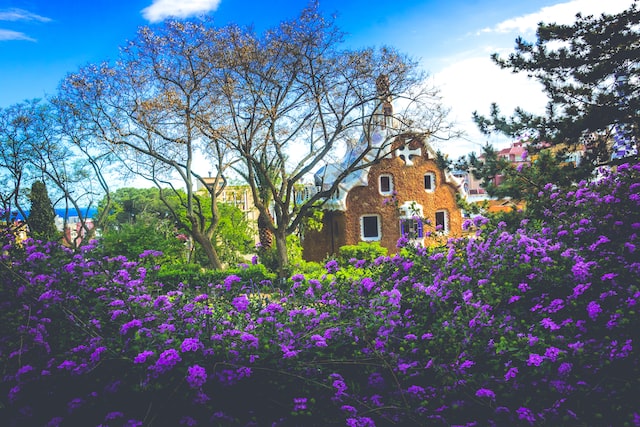I am happy to be back here on this blog with all of you who are interested in frugal gardening. I had taken a break due to health issues and a loss in the family throughout much of 2022. Luckily, a colleague was able to step in. It looks like they provided you with a…
garden life
5 Ways Depression Costs Me In the Garden
I struggle with chronic, recurring depression. While it’s well-managed, the symptoms do creep up from time to time. Depression is an expensive mental health condition, in ways that might surprise you. In fact, during bouts of depression, I find that it costs me in the garden. This does mitigate the many mental health benefits of…

